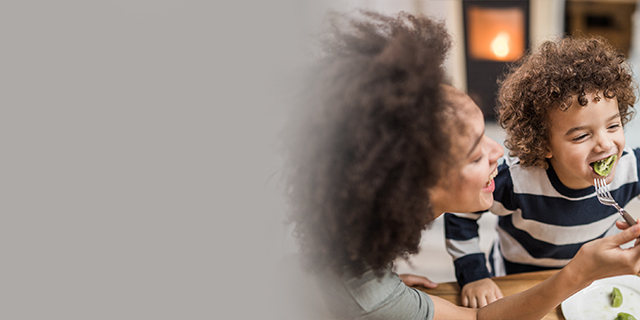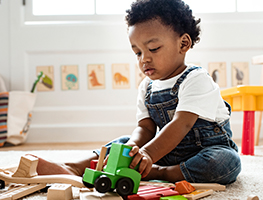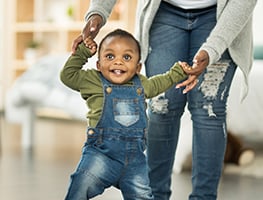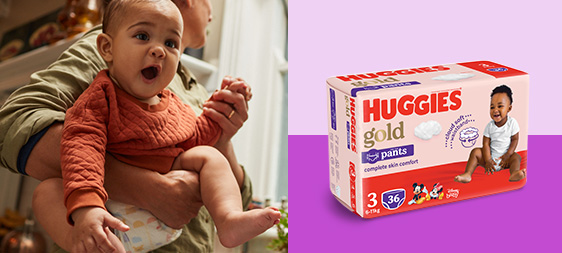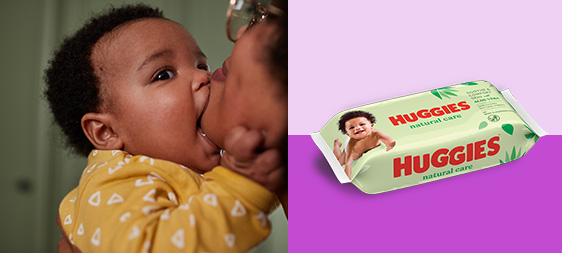Becoming parents is the most privileged role we can ever be given. We have around 9 months (or less for some!) to get used to the idea, and learn what we can about how to do the best for our precious gift. However, even the best-laid plans seem to fly out the door when the reality of the new addition arrives.
You might have told yourself “this baby is not going to change my life” – but find out to be totally wrong. A child changes your life in more exciting ways than you could possibly imagine!
There are so many unknowns, regardless of whether you are first-time or tenth-time parents! Every child has their own personality and – although discovering who they are is part of the excitement of their arrival – we can start planning for the future by introducing routines that fit in with everyone.
Setting routines is a great way to help your young ones learn to predict what will happen in their day. It gives them security and reassurance - when there are so many other new things to see, hear and learn. With routines, a child has the opportunity to feel safe, loved and confident to explore their world.
Morning routine
After getting your toddler up, change the nappy (or take the child to the toilet, depending on their age). Get dressed and then eat breakfast together. This is an opportunity to model appropriate table manners and eating habits for our child, as well as ensuring a healthy start for us in the morning as well! And it is great to spend some quality time together before the day really begins.
Nappy changes
We can make this a fun time by ensuring that it’s a special moment. Use this time to talk to your child and make it enjoyable for them! Then this will just become an expected part of their day. It may not be fun for us to change a dirty nappy, but it can be used as a few minutes of making eye contact with our toddler and giving them some of the attention that they need.
Meal times
It is important to make sure that our meal times are around the same time every day so our child can learn to predict their schedule. Again, we must remember to eat with our children (as much as we can) to allow communication, modelling and a sense of family to be a priority. It is also a great chance to give children little responsibilities, such as setting or clearing the table!
Afternoon nap
Some parents / carers choose to give the child some lunch, and then have some quiet time to settle after eating before snuggling down to have a nap. If you establish this sort of routine from a very young age, there is less chance of a fuss, because it will simply be expected.
Bath time
After dinner, your toddler probably wants to spend some quality time with the parent(s) that may not have been available during the day, or just wind down from the exhaustion of their day. About 10 minutes before bath time, inform your child that you will be running their bath. This lets the child know that the next part of their schedule is coming up so they can prepare for it. Warm baths are soothing and relaxing, so make sure there are not too many distracting and stimulating toys to play with at this time! Keep your young one calm and quiet, then put their pajamas on.
Sleep
Whatever routine you choose for this, make sure that you keep it consistent. Some families have both parents come in for kisses, cuddles, and a story (or three!) in bed. Others might read in the lounge, and then go into the child’s room with some peaceful music playing. Whatever you decide to do, make sure that your child comes to know what to expect so there is very little fuss at the end of a tiring day.
Children (and adults) respond well to routines. We all have a need to know what to expect in our day, which in turn makes us feel safe and secure. It reduces our anxiety levels so we are more likely to try new things and learn more about ourselves and our environment. Make sure that you set up schedules such as those above, but keep in mind that things do not always go to plan, and that flexibility is important too!

